For a small island nation, Singapore produces a lot of crap (literally), and has always faced challenges in dealing with its sh*t (literally too) throughout history.
But it is through sound planning that S'pore's sewage is properly managed.
In 1971, only 57 percent of our population had proper sewerage systems in the form of plumbing and flushing toilets. The rest were served by mainly night soil collection, which, to be honest, wasn't the best option to live with.
As Singapore's population grew, the need for proper sanitation naturally became more urgent.
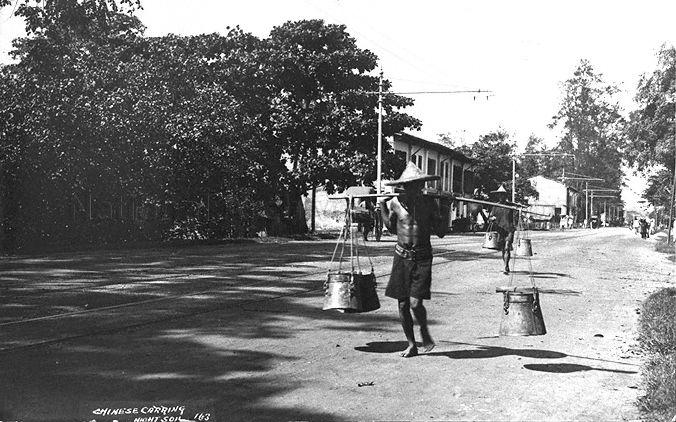 Night soil carrier. Via NAS.
Night soil carrier. Via NAS.
Read: Singapore’s toilets of the past were tests of endurance and luck
By the 1990s, Singapore was producing 1.5 million cubic metres of sewage daily.
This massive amount of waste was conveyed to water reclamation plants (WRPs) via 3,200km of sewers, 134 pumping stations, and 210km of pumping mains -- an improvement in sewerage, thanks to the Sewerage Master Plan (or known later as the Used Water Master Plan).
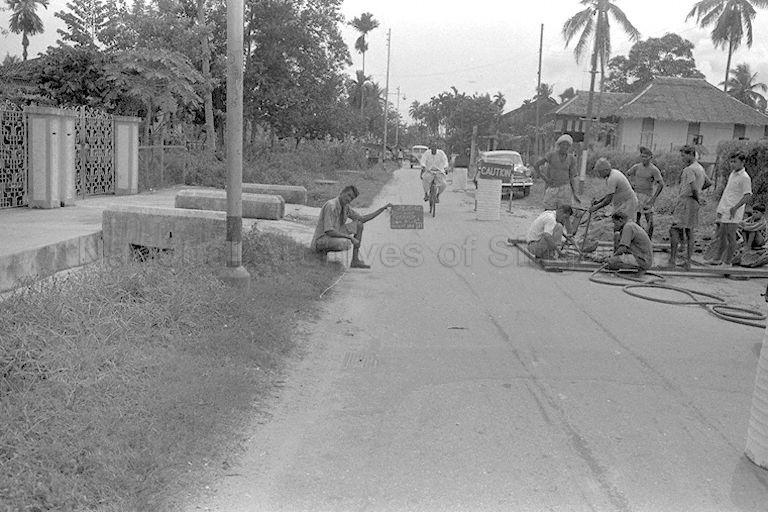 Public Works Department workers breaking ground to connect a sewer to a house toilet in 1964. Via NAS.
Public Works Department workers breaking ground to connect a sewer to a house toilet in 1964. Via NAS.
Fast forward to 1999 and the existing sewerage system soon faced problems. Some of the WRPs were ageing and the system was not the most optimal use of land.
Cue the Deep Tunnel Sewerage System (DTSS).
[related_story]
The DTSS is a system that (ultimately in the future) transports waste water to three state of the art WRPs located along our coasts: Changi, Tuas, and Kranji.
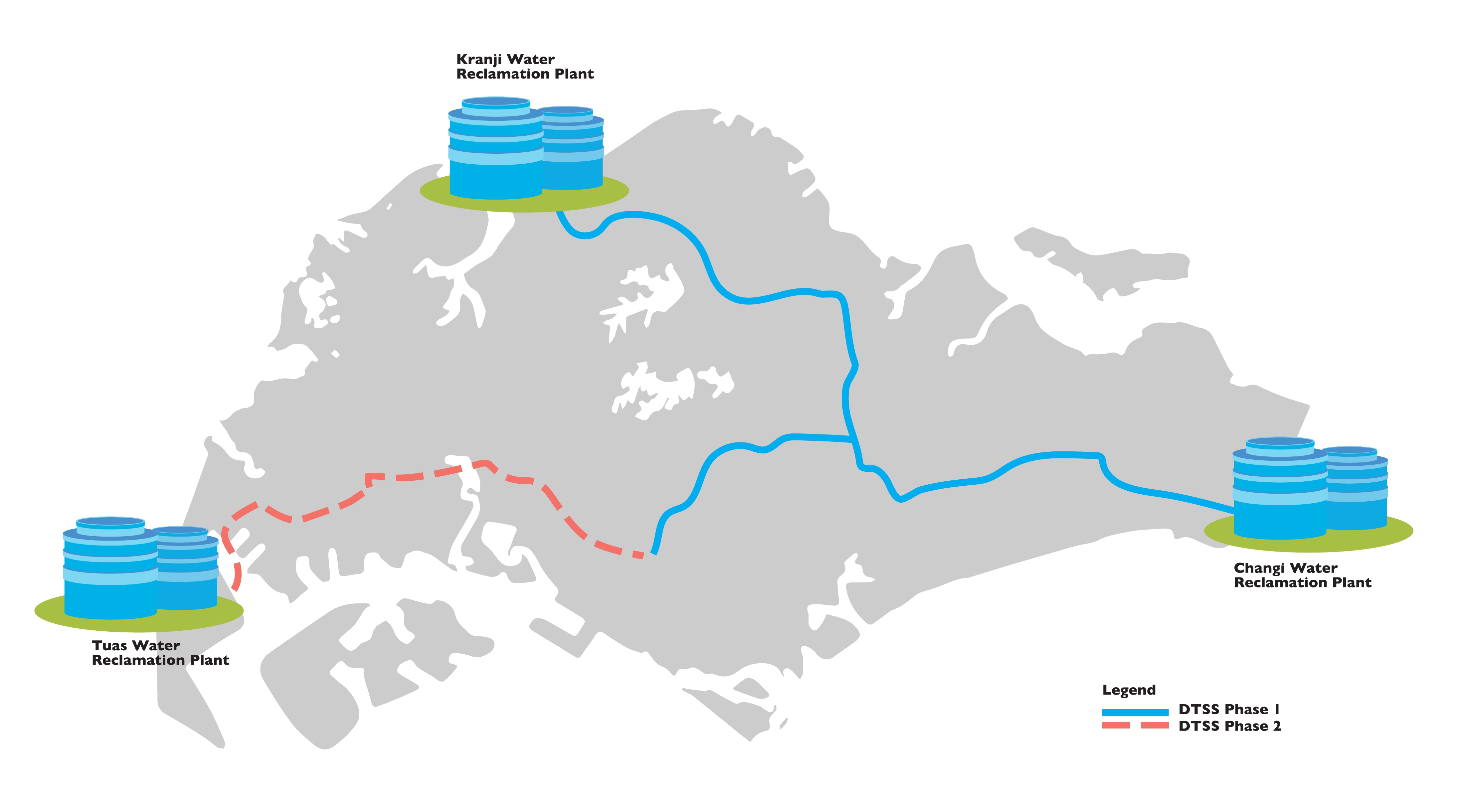 Via PUB.
Via PUB.
Perhaps what is more fascinating is how the DTSS works entirely by gravity, pulling waste water to the WRP without the need for pumping stations. This means that land is freed up for other uses, like housing.
The first phase of the DTSS started in 1999 and was finally completed in 2008.
It comprises a 48km long deep tunnel running from Kranji to Changi, 60km of link sewers to divert sewage flows into the deep tunnel, and the Changi WRP which treats the waste water to be discharged into the sea or made into NEWater.
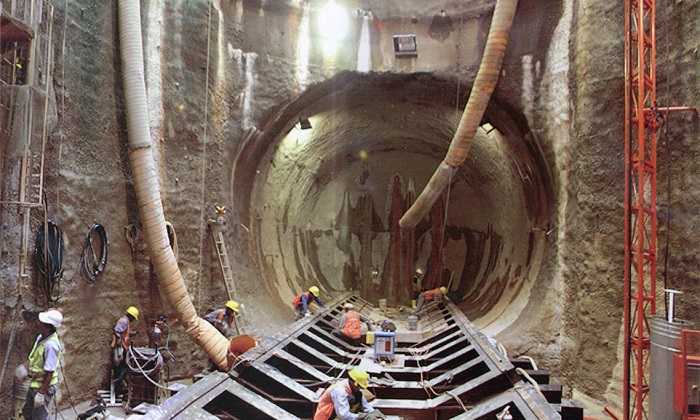 Kranji DTSS. Via.
Kranji DTSS. Via.
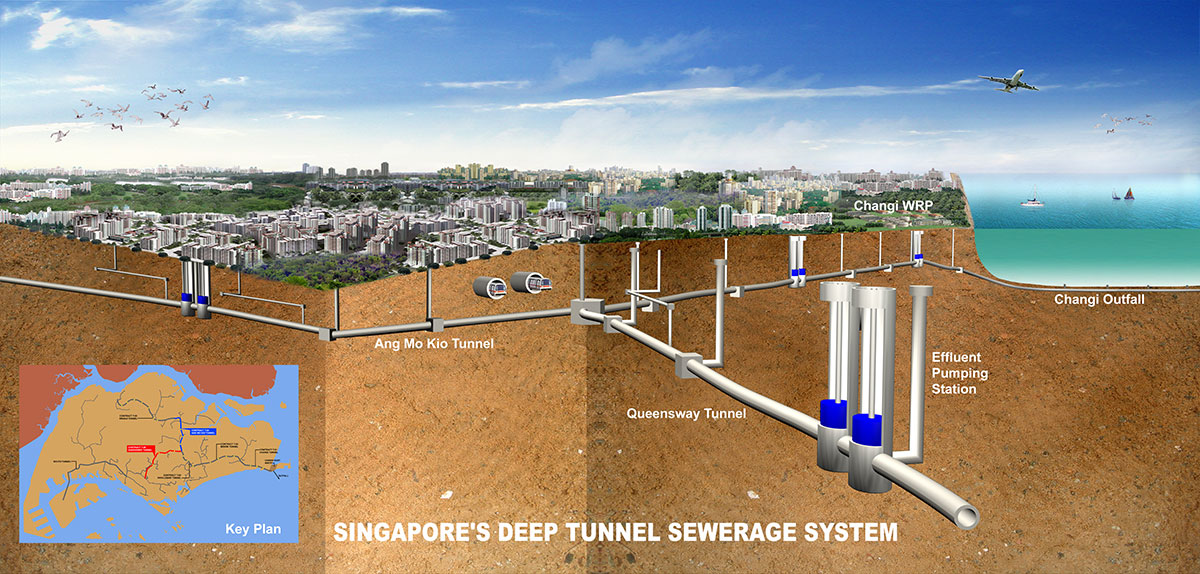 Via.
Via.
NEWater is then pumped into our reservoirs or used for industrial purposes such as wafer fabrication.
DTSS hence plays a role in ensuring that Singapore re-uses water and thus become more self-sufficient in our water demand.
Top image via Sembcorp.
[related_story]
If you like what you read, follow us on Facebook, Instagram, Twitter and Telegram to get the latest updates.

